Are you tired of having to refill your tires every other day? If your tire keeps losing air every few days, it can be frustrating and a waste of time.
Tire Keeps Losing Air Every Few Days
There are many ways a tire could develop a slow leak:
- Small Puncture
- Leaky Valve Stem
- Temperature Change
- Bad Tire Bead Seal
- Failed Patch
- Tire Age
In this article, we’ll look at what could be causing your tire to lose air, how to identify the problem, and what you can do to fix it.
Let’s take a closer look.
There are a few common reasons that can cause tires to lose air pressure slowly over a single night or several days:
The most common reason a tire loses air slowly is a puncture or a small hole in the tire. This can happen from driving over sharp objects like nails, screws, or glass. Tiny punctures can be extremely difficult to notice. Especially ones that leak air so slowly that it takes all night to lose enough tire pressure to be noticeable.Small Puncture
Another reason for tire air loss is a faulty valve stem. The valve stem is the small metal part on the rim that sticks out and is used to fill the tire with air. If the stem is damaged, it can let air escape and cause the tire to go flat. You can check the valve stem by removing the cap and seeing if any air is coming out.
Leaky Valve StemsTemperature changes can also affect tire pressure as tires expand and contract with the temperature. If you’ve noticed a significant temperature change or recently experienced extreme hot or cold weather, this could cause your tire’s air loss.Temperature Change
A poor tire bead seal is another way air leaks out of your tires. This is more common with a brand-new tire losing air pressure. A tire bead leak isn’t likely to occur unless the tire wasn’t mounted correctly, there is a defect with the tire bead, or a damaged wheel makes it difficult for the bead to maintain a proper seal against the rim.
Tire Bead Seal
A tire bead leak isn’t likely to occur unless the tire wasn’t mounted correctly, there is a defect with the tire bead, or a damaged wheel makes it difficult for the bead to maintain a proper seal against the rim.
Tire Bead Seal
If you drive in areas with lots of salt on the roads in the winter, that can cause the metal of your wheels to corrode over time. If there’s corrosion on the wheel, it can create rough spots or bumps that prevent the bead from sealing tightly against the rim. Also, if you don’t clean your wheels regularly, dirt and grime can build up and trap moisture against the metal, which can also contribute to corrosion.Wheel Corrosion
Tire patches could develop an air leak if they weren’t properly applied or placed too close to the tire’s sidewall. This can also happen if the area around the puncture wasn’t cleaned properly before applied or the glue wasn’t strong enough. If the patch wasn’t stuck to the tire evenly or centered over the hole, it’s much more likely to come off.
Another reason a patch can fail is if the hole is too big. If the hole is too big, the patch won’t be able to hold the air in the tire and will eventually come off. Patches are meant for small holes or punctures and are not meant to be a permanent fix for larger holes.Tire Patch Being Applied To The Inside Of A Tire
Lastly, if the tire is worn or aging, it can start to develop cracks as the rubber weakens, which can lead to air loss. If you’ve had the tire for six or seven years, or if it has a lot of miles on it, it might be time for a replacement.Dry Rot On Sidewall Example
Finding the site of a slow air leak can be difficult. But knowing where to look and what to look for can help find the source of the leak and potentially fix it before you need a new tire.
One of the most effective ways to find a slow leak is to use soapy water. Mix dish soap with water and spray it all over the tire.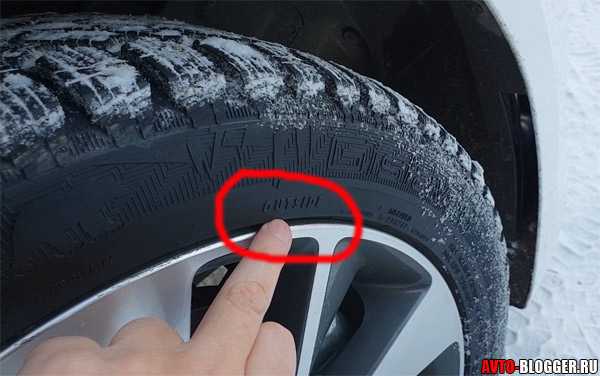 If you see any bubbles forming, that’s a sign that air is escaping from the tire and you’ve found the source of the leak.
If you see any bubbles forming, that’s a sign that air is escaping from the tire and you’ve found the source of the leak.
Another common cause of slow leaks is a damaged valve stem. Check the valve stem for any cracks or signs of damage. If you find any, replace the valve stem.
Many things, including corrosion, damage, or general wear and tear, can cause a leaky valve stem. Try listening for a hissing sound at the stem, or use a spray bottle to soak it with a soap and water mixture to look for bubbles.
You can try replacing it with a new valve core if you find that the stem isn’t holding air. However, you may need to have the entire valve stem replaced.
A loose bead can also cause a slow leak. To check the bead, inflate the tire to its recommended pressure and look for any areas where it isn’t touching the rim. Look for any cracks or breaks in the bead area, as these are common spots for leaks. You can also spray soapy water around the lip of the rims.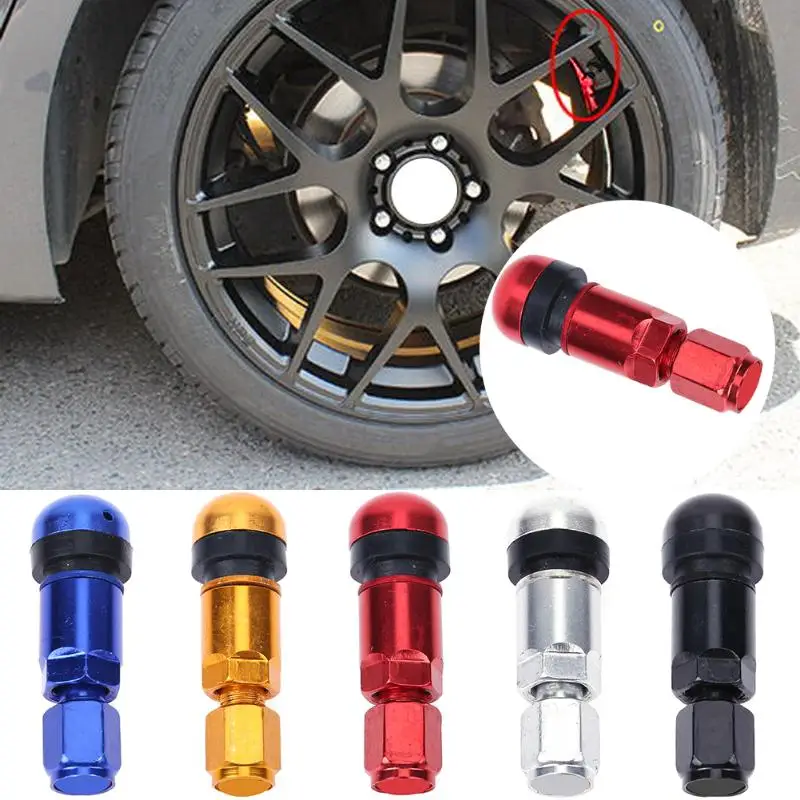
Be sure to check where both sidewalls of the tire meet the rim and form a seal with the wheel. You may need to remove the wheel from the hub to inspect the inner side of the wheel properly.
There are a few different methods of tire repair to consider:
One of the easiest ways to fix a slow leak is to use a tire sealant, a liquid you inject into the tire through the valve stem. This seals any small punctures and should keep your tire inflated for a while. Just be aware that it may not be a permanent fix, and you should still get the tire inspected by a professional as soon as possible.
Tire Sealant
Using a plug kit to plug the leak is another potential method that is also temporary. Tire plugs require reaming out the site of a puncture and sealing the opening with a piece of rubber and usually a bit of rubber cement to help hold it in place.
Tire Plug Kit
Another option is to patch the tire from the inside.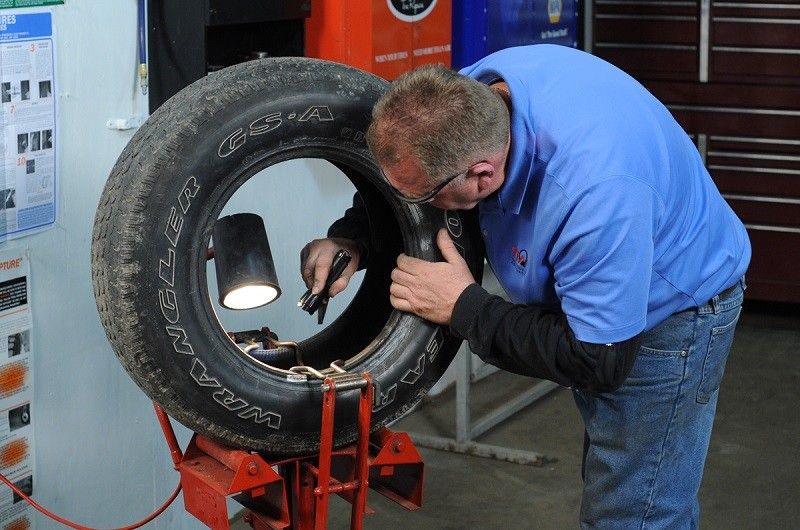 This involves removing the tire from the rim, finding the leak, and applying a patch to the inside of the tire. This is a more permanent solution, but it can be a bit more involved and requires removing the tire from the rim.
This involves removing the tire from the rim, finding the leak, and applying a patch to the inside of the tire. This is a more permanent solution, but it can be a bit more involved and requires removing the tire from the rim.
Tire Patch Kit
Finally, if the tire is beyond repair, you’ll need to replace it. Don’t drive on a tire that’s losing air, as it can be dangerous. Also, we recommend replacing tires in pairs and always putting new tires on the rear.
Make sure to get a leaky tire repaired or replaced as soon as possible to keep yourself and others on the road safe.
All tires drop in pressure over long periods of time due to natural air pressure seepage through the rubber. This is why it’s important to regularly check your tire pressure, especially during drastic temperature changes, as tires tend to lose air more quickly in the colder months.
Below are some links you may find helpful when learning about tires
If your tire keeps losing air every few days, it can be frustrating and potentially dangerous.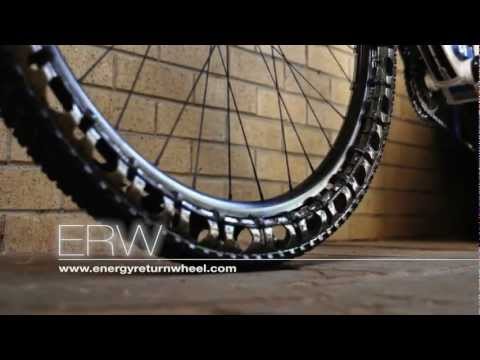 But the good news is that there are a few common culprits, such as a puncture, a faulty valve stem, or a damaged tire bead, that can be easily fixed.
But the good news is that there are a few common culprits, such as a puncture, a faulty valve stem, or a damaged tire bead, that can be easily fixed.
Make sure to regularly check your tire pressure and inspect your tires for any signs of damage. If you’re still having trouble, take your vehicle to a professional tire technician for an inspection.
By addressing the issue quickly, you can ensure that your tires are safe, properly inflated, and ready to hit the road whenever necessary.
Good luck and happy motoring.
Will Creech
Will has been an automotive enthusiast since he was old enough to make engine sounds. Formerly a member of the contract training team at Discount Tire, he is unusually knowledgeable on all things related to tires. He is now the owner of and main contributor to TireGrades.com.
by Smart Motorist
Your car’s tires are the critical component that connects your car with the surface of the road you’re traveling.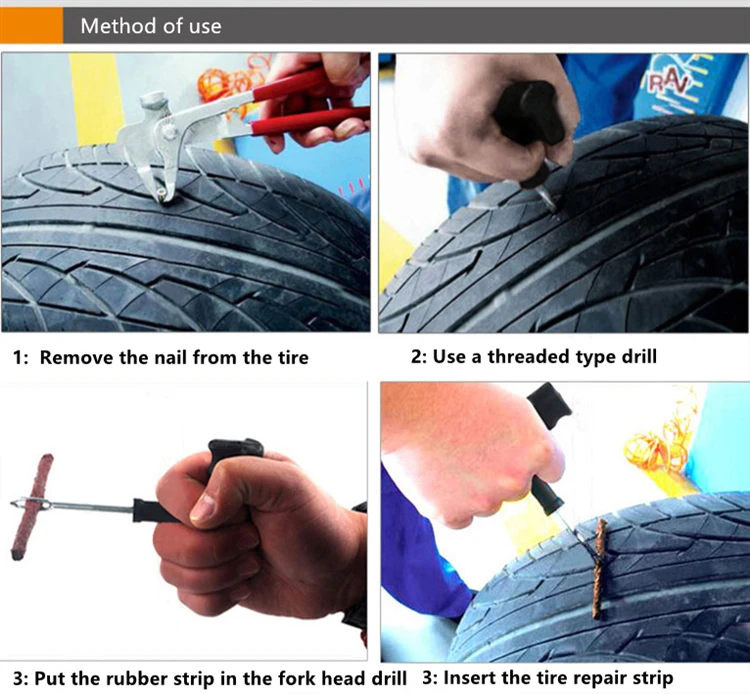 When you have a flat tire emergency, what is the solution for fixing it?
When you have a flat tire emergency, what is the solution for fixing it?
No matter when you have a flat tire, it will be one of the most inconvenient things that can happen while you’re driving. And, unfortunately, it always results in you losing time to fix the problem.
Your tire will lose air because of several reasons. Usually, you have run over an object in the road that caused a puncture and the air began to slowly leak out. Another major reason is driving with too low much or too low pressure.
The damage may not even be noticeable from outside the tire. Here’s a prime example of when a tire is run without enough pressure.
There are 3 common methods for repairing a punctured tire:
Both the patch-only and the combination repairs require a technician to dismount the tire and look at the inside wall to see if there is any damage.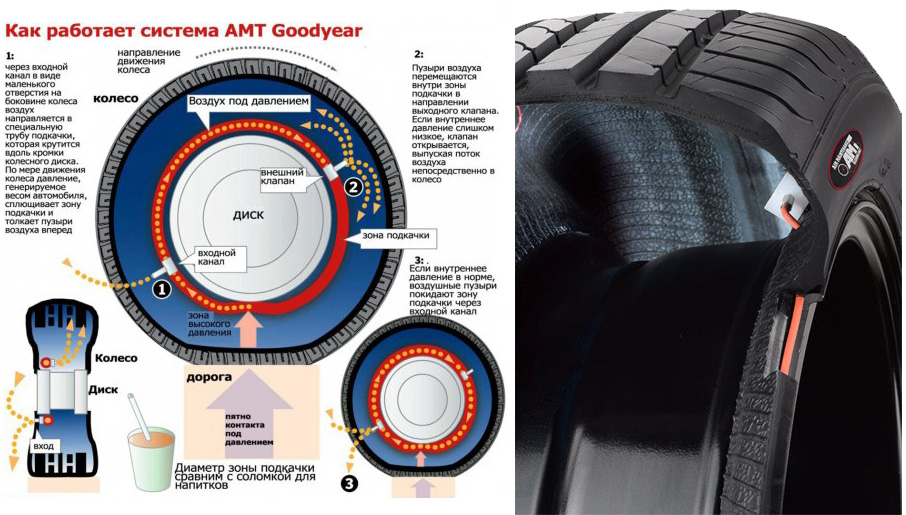 As long as there is no damage to the sidewall, a repair can be made.
As long as there is no damage to the sidewall, a repair can be made.
Plug-Only repairs, however, are much easier and can be done from the outside of the tire with no need for the tire to be dismounted.
When tire rubber is punctured, the accepted procedure is to find the rupture and swab around it with a soapy solution of water, or he may hold it inside a tank of water and look for escaping bubbles of air.
The area is then prepared with a scraper or buffing tool and cleaning solution to make it suitable for bonding with the repair patch.
A vulcanizing cement is then applied under the patch and over the inner liner of the tire and the patch is applied over the puncture. The surrounding area is then stitched or rolled and covered with sealant before the tire is mounted back on the rim.
Once a tire is properly patched, you should be able to drive safely for a fairly long time. However, even though a patch is usually stronger than a plug, it will not work on or near to a sidewall.
The tire industry, however, warns against the patch only repair method. Air and moisture can seep into the tire from the outside tread and enter from around the edges of the patch.
Plug-only repair is much simpler. The technician finds the puncturing object and removes it. An insertion tool with a plug is inserted into the rupture from outside the tire. After it is removed, the plug remains inside the rupture.
Often, this type of repair will use a “string plug” consisting of a short woven cord covered with tacky sealant. String plugs will often be included with automobile repair kits. Both reaming and insertion tools are also included along with an assortment of string plugs.
Occasionally a kit can also contain a tube of rubber cement to add additional sealant to the string plug. These kits can be an alternative for drivers who want to save a little money or for emergencies when it’s not possible to dismount the tire and properly apply a patch.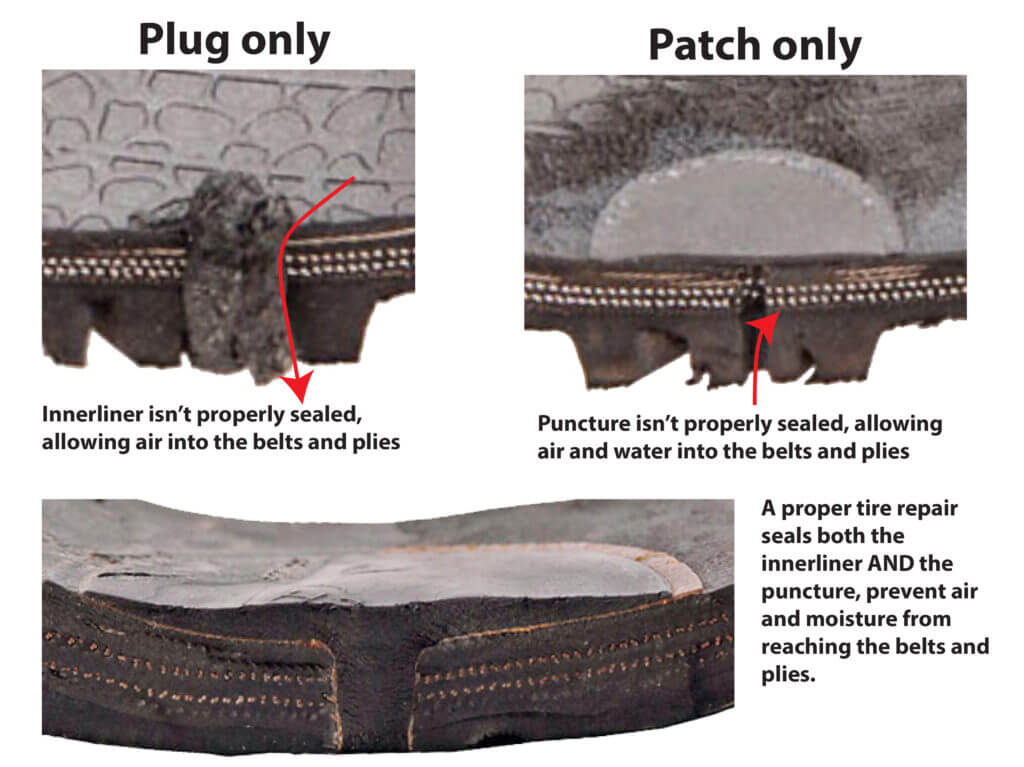
However, even though tires repaired this way will continue to hold air for a few months, tire manufacturers also warn against its use. A string plug type of repair can allow moisture and air to enter the tire and get between the tire layers.
The steel in the belts can then degrade over time and the tire can corrode and deteriorate. With the belts and the bond between the rubber layers weakened, there is a greater risk the tread will separate while driving.
Another risk of a string plug type of tire repair is that even when a puncture is repaired, there can be additional damage to the tire that is not apparent. The tire must be removed and visually examined to be sure there is no unusual internal damage.
The National Highway Traffic Safety Administration advises that the proper method to repair a tire puncture is to use a combination repair. (Download the NHTSA guidelines here.) A combination repair, as the name implies, involves using a tire repair patch and a rubber plug (stem) attached to its center.
After finding the puncture, it should be reamed out so that a clean hole remains for insertion of the plug. The inside area surrounding the puncture should be then prepared for bonding with the patch with a vulcanizing cement.
Apply the cement to the tire surface area and the patch/plug. The plug should then be pulled through the reamed hole from outside the tire so it fills the hole completely and seals it with the tire’s rubber.
The patch will bond to the tire to prevent air loss. The plug seals the puncture and air cannot escape. The plug also will seal the hole and prevent air and moisture from leaking.
Once the process is completed, the remaining rubber stem on the outside of the tire is normally trimmed so that it is smooth and level. If you would like to see how an expert performs a combination type of repair, check out this YouTube video.
One final note if you have a flat tire, don’t drive any further than necessary! Even driving a few hundred yards can damage the tire’s sidewall. Stop and examine the tire closely. If there’s a strip of wear around the tire that is soft to the touch, do not add air to the tire! It may explode or cause injury to you or someone nearby.
Stop and examine the tire closely. If there’s a strip of wear around the tire that is soft to the touch, do not add air to the tire! It may explode or cause injury to you or someone nearby.
Have the tire patched professionally by a trusted mechanic? They will know how to stop the leak and will examine the tire for sidewall damage. If the tire can be patched safely, they’ll advise you how long you should be able to drive on your patched tire.
Thanks very much for checking out our article today, “How Long can you Drive on a Patched Tire“. We hope you have found our directions helpful and have answered any questions you may have about resetting the warning light properly in your vehicle.
There’s nothing worse than being stranded with a car that can’t take you where you need to go when you need to be there. If you have any questions or if you would like to leave some comments about this article, please let us know! We want to be your top source for ideas about anything you need related to your car!
Most often, we ourselves are to blame for the fact that the tires become unusable.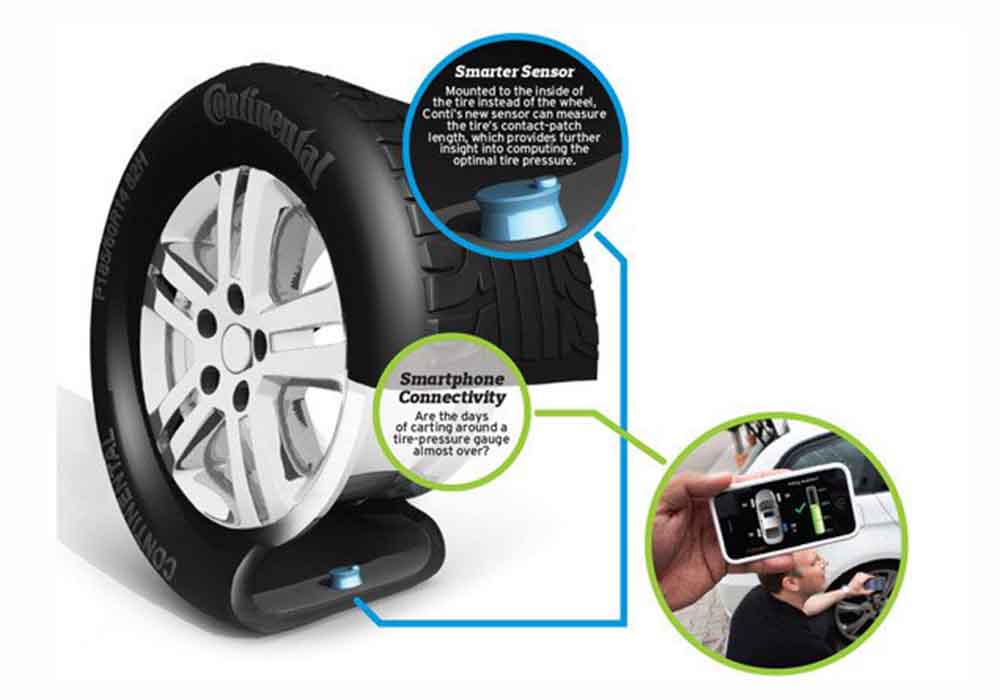 But this can be avoided.
But this can be avoided.
You have never seen such tires: even the police were surprised
In the process of using the tires, various damages can occur, most of which are the fault of the driver. As a result, rubber is wasted, and since the law prohibits the use of different tire models on the same axle, you have to spend money on replacing the second tire.
The most common damage is puncture . This is the most harmless type of damage, but only if you notice it in time and repair it right away. It is absolutely impossible to drive on a flat tire, even a couple of meters! The damage caused by running on a flat tire or low pressure is catastrophic. This causes the sidewalls to deform more than they should, which is why the tire overheats, delaminates, and the carcass becomes unusable due to broken cords. As a result, the tire will have to be thrown out. In addition, the edge of the rim can also be damaged.
There are two types of punctures: with and without cord damage.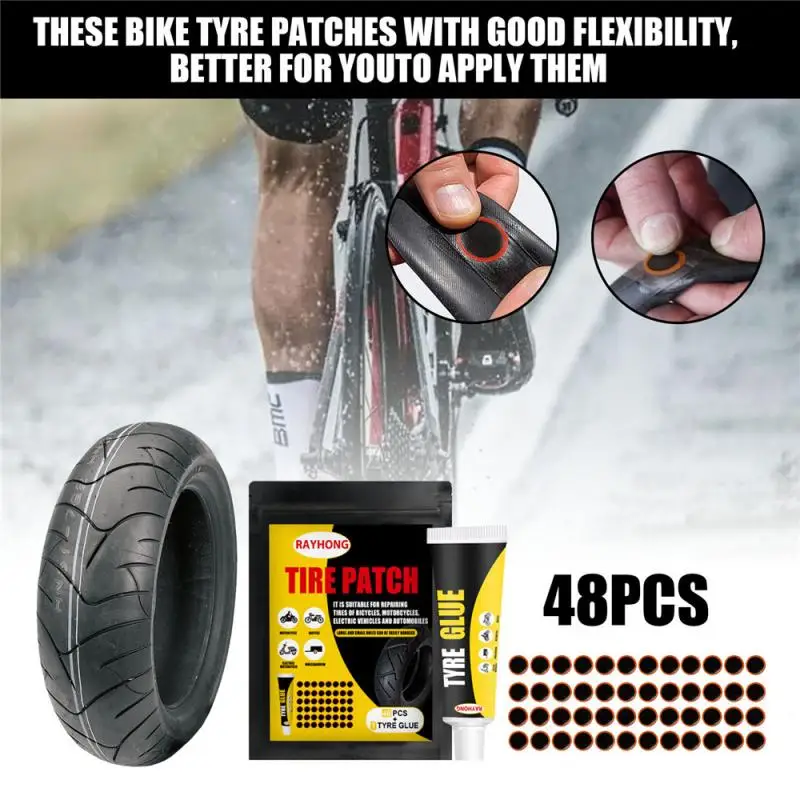 To determine this, it is necessary to remove what pierced it. If the edges of the puncture tightly converge, then the cord is not damaged and it will be possible to repair the tire without removing it from the disk. Otherwise, if the edges do not converge, you will have to disassemble the wheel and make repairs to strengthen the frame from the inside. Alternatively, in the field and in the absence of a spare wheel, such a puncture can be repaired without removing the tire from the disk, after which you can carefully drive to a tire fitting or garage and make a full repair.
To determine this, it is necessary to remove what pierced it. If the edges of the puncture tightly converge, then the cord is not damaged and it will be possible to repair the tire without removing it from the disk. Otherwise, if the edges do not converge, you will have to disassemble the wheel and make repairs to strengthen the frame from the inside. Alternatively, in the field and in the absence of a spare wheel, such a puncture can be repaired without removing the tire from the disk, after which you can carefully drive to a tire fitting or garage and make a full repair.
Is it possible to inflate a wheel without a compressor - the experiment "Behind the wheel"
When repairing, the puncture site must be cleaned and marked. Further, it all depends on what kind of repair kit you have - as a rule, instructions are attached to them. There are sealants that are poured into the tire through the nipple, after which the wheel turns with the puncture down and the substance seals the hole. Repair with a tourniquet or insert is somewhat more complicated, but also more durable: the edges of the hole are ground with a special tool, after which the tourniquet treated with a special compound must be inserted into the tire through a puncture with a special awl, pulled out (not completely) out and cut flush with the surface.
In case of cord damage due to a puncture, the tire must be removed from the rim in order to install a reinforced patch with additional cord on its inner surface. One of the sides of such patches has an adhesive layer that promotes cold vulcanization. After such a repair, wheel balancing will be required. To seal punctures from the inside, patches in the form of a mushroom are also used, with a leg that goes into the puncture. Such patches are also covered with a special adhesive composition for cold vulcanization.
Cuts or holes , unlike punctures, are not repairable, as they violate the integrity of the frame, which can no longer be strengthened. In addition, breakdowns are always sudden and occur on the go: the tire abruptly loses pressure and before the car comes to a complete stop it has time to make several turns "on the rims", which breaks the cord and destroys the layers. It is not recommended to use such a weakened tire, even if it was possible to repair and strengthen the rupture or cut, in the future.
8 tire storage rules - do you follow them all?
Incorrect storage of tires can cause cracks . The danger of such damage is that moisture enters the cord through cracks, which renders the frame unusable. In addition, air can escape through cracks. Unfortunately, cracks are not repairable, and tires with them will not last long: sooner or later they will deform, become covered with swellings due to rusted and torn cord or because of driving with pressure below the recommended one.
Blisters or bulges can appear on a tire for a variety of reasons - it always happens due to a broken cord or delamination in the carcass. In the first case, an obstacle was hit and the impact broke the cord or the cord was cut through with a sharp object. In the second case, there is no damage on or near the hernia, which means that it appeared either due to a factory defect, or due to frequent driving with pressure below the recommended one. The danger of hernias is that they can explode at any time and provoke a skid, which will lead to an accident. If there is nothing to replace a tire with a hernia, then it is better to rearrange it to the rear axle and drive very carefully. Like fissures, a hernia cannot be repaired. Sometimes small blisters resulting from impacts or cuts are reinforced with reinforced patches, but there is no guarantee that the tire will not explode. Therefore, tires with hernias are recommended to be replaced immediately.
Tire blackening - 6 ways to polish your tires. Inexpensive!
Tire sidewalls can be damaged by rubbing against curbstones or the asphalt edge when driving over the side of the road. If you are prone to such a driving style, then it is recommended to inspect the inner and outer sidewalls from time to time and, if abrasion is found, swap the wheels in order to prevent the cord from being exposed - the rubber thickness on the sidewalls is small (1.5-3 mm), and it can be rubbed to the frame very quickly.
Often the cause of tire damage can be poor-quality tire fitting , during which the bead ring was damaged. In this case, the tire loses its geometry and “sits” crookedly on the disk - it writes “eights” during rotation, and lateral vibration appears during the ride. It is impossible to repair such a tire - you need to replace it with a serviceable one as soon as possible, until it damages the suspension: traction, hubs and bearings.
You can find out whether you use tires correctly and what invisible damage they have received by the characteristic wear of the tread, the varieties of which are collected for convenience in the table:
Shoulder wear on both sides
Driving with less than recommended tire pressure.
Inflate the tires to the pressure recommended by the automaker (a plate with recommendations is attached in the driver's door opening) and find the cause of the fall: puncture, cracks, hernia, nipple, rust on the rim of the disc in the place where the tire fits, etc.
Center wear
Tire pressure too high.
Reduce the pressure to the recommended (indicated on the tablet in the doorway of the driver)
Distance in the form of rings and furrows
can be found on trailers or rear wheels of pickups and vans due to vibrations and vibrations and vibrations and vibrations and vibrations due bouncing at high speeds.
Changing wheels on a loaded axle to equalize wear, driving with a heavier load.
Chipped wear with cuts
Frequent wheel spin on rocky surfaces.
Move the wheels to a non-driving axle, use the gas pedal more carefully when starting to move.
Photo: Petr Urbanek / Unsplash
Photo www.tgamobility.co.uk
It is not uncommon for tire pressure to drop gradually over several days. You inflate them to the required level, but the tires again pass air over time. In this case, you should contact the tire shop, where they will determine the cause of the pressure loss. There may be several. We will look at the problems with tubeless tires, since most modern cars are equipped with them.
Ivan Flyagin
Disk damage usually leads to its deformation. This comes from hitting the wheel at high speed on the edge of the pit or on a steep and hard bump. Due to the loose fit of the tire to the rim, a partial air leak occurs. Keep in mind that damage may be hidden on the inside of the rim, while the outside of the wheel will look brand new, without any visual flaws.
Another possible cause of a gradual loss of tire pressure is the depressurization of the valve (or nipple) as a result of mechanical stress, or the ingress of tiny dust particles into it. If the mechanism is in good condition, then air can leak in the place where its valve is attached to the disk. Sometimes you can fix the problem by pumping the spool with a few sharp and short presses.
Quite often the tire “catches” a nail or other sharp and large object on the road, which safely gets stuck in the place of the puncture. In this case, it serves as a stopper, only not completely sealed, so the air will slowly but surely bleed. If a nail hits a tire with a camera, it instantly bursts, and at high speed this is fraught with an emergency.
A tire can be damaged not only on the tread side, where the thickest and most durable rubber layer is located. Its side is also vulnerable to contact with sharp objects. Usually in this place there are cuts from friction on curbs, the edge of the track, protruding rebar and other hard and sharp protrusions.